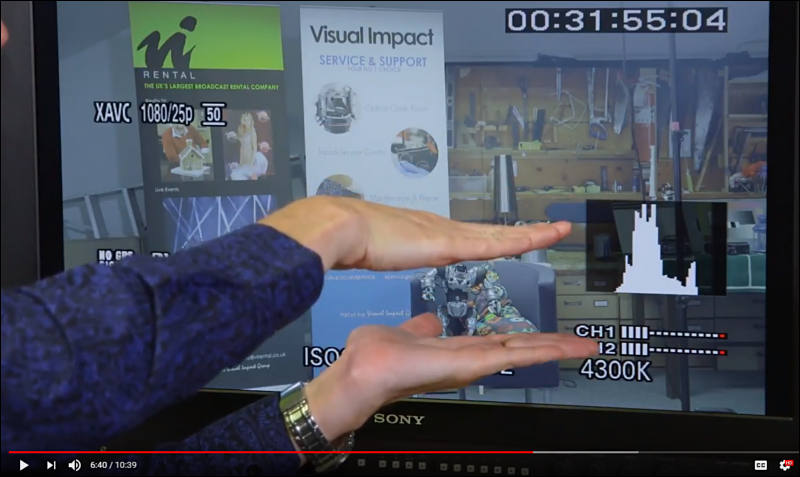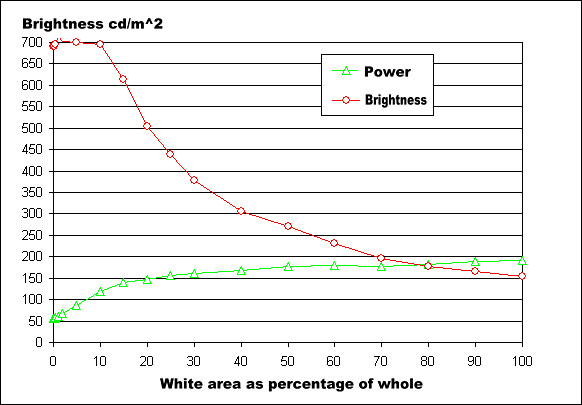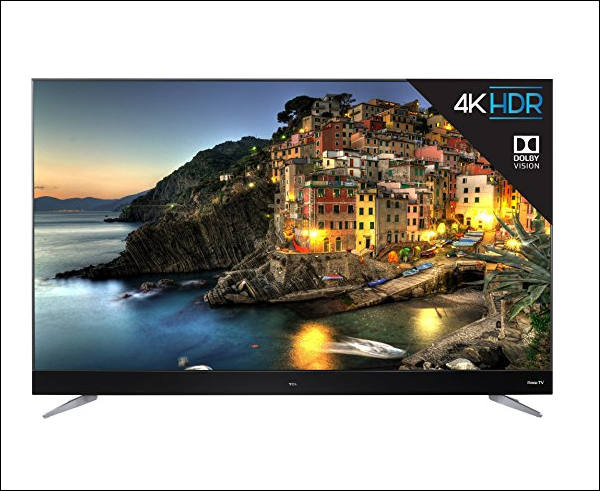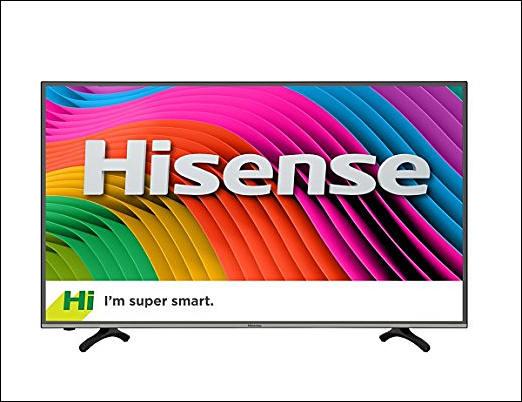
-

This part compared to thumbnail actually perfectly explain that happens (contrary to words spoken).
Just compare histograms.

 sa76.jpg800 x 477 - 54K
sa76.jpg800 x 477 - 54K -
HDR Panel
Panelists, who were questioned by moderator Joshua Fruhlinger, tech and entertainment reporter for the Wall Street Journal, included: Matt Durgin, LG head of content innovation; Ron Simon, curator of the Paley Center for media; Rob Carroll, Dolby Labs content solutions director; and Steven Bodner, Light Iron supervising colorist.
“One of the mistakes that people make when it comes to HDR is that it means brighter images. It doesn’t mean brighter images,” Carroll explained. “It’s about that bigger pallet. There will be cases where there will be a desire or need to get to 4,000 nits (brightness level) on up to 10,000 nits for a particular scene. It may be one or two pixels that give you that depth perception, but it’s not going to be something where you are going to be squinting because you are up to 10,000 or 4,000 nits, but it’s going to be a case where there is a specular highlight and there is a nice curve or depth behind it. This is that spatial resolution, that contrast resolution that HDR provides and wide color gamut provides that does improve the image quality in order to deliver a spectacular experience, and it may have pixels that go up to 10,000 nits. That doesn’t mean we will have average picture levels that go up that high, because as Steve will attest, we kind of know where our average picture level is right – the tonal quality of skin tones, the tonal quality of a room, what’s comfortable to view.
Carroll said with the best TVs now achieving nearly 100 percent of the DCI-P3 color space recommendation for professional cinema exhibitions, most of the color spectrum seen in nature is already covered, but the additional headroom in the outlying shades of Rec. 2020 will help to achieve other worldly effects desirable for animation and science fiction.
Guys really stuck with it.
First almost all current LCDs are really not compatible with real HDR, only real HDR possible is super dense and very powerful led backlight.
Second, all such TVs are not really fit power saving laws made by idiotic bureaucrats. Same guys who actually made whole fake autos ecological progress repeated this with TVs that degrade picture quality to save few watts.
Third, OLEDs also have issues with any prolonged HDR use. They always require white pixel, and actually require every highlight to be white or close. Especially all bad is with blue highlights.
-
Btw considering chart above.
Most serious enemy of HDR sets are .. energy regulations. As ruling class across the world push heavy various energy saving modes (all of them hurt image quality btw) to get extra energy to sell and get profits for themselves.
-
Real OLED panel behavior

-
Affordable TVs with HDR10 and Dolby Vision
TCL 65C807 65-Inch 4K Ultra HD Roku Smart LED TV

https://www.amazon.com/TCL-65C807-65-Inch-Ultra-Smart/dp/B071Z1QWS9/
HDR Refurbished by Hisense, suitable as secondary monitors
43" 4K HDR Smart TV, $289

https://www.amazon.com/HDR-Smart-43H7C-R-Certified-Refurbished/dp/B075753P94/
50" 4K HDR Smart TV, $359
https://www.amazon.com/HDR-Smart-50H8C-R-Certified-Refurbished/dp/B07577STKT/

 s1065.jpg600 x 491 - 55K
s1065.jpg600 x 491 - 55K
 s1066.jpg522 x 402 - 40K
s1066.jpg522 x 402 - 40K -
More about this
20th Century Fox, Panasonic Corporation and Samsung Electronics announced today a new partnership to create an open, royalty-free dynamic metadata platform for High Dynamic Range (HDR) through an associated certification and logo program, tentatively called HDR10+. Together, the three companies will form a licensing entity that will begin licensing the HDR10+ platform in January 2018. The entity will license the metadata broadly to content companies, ultra-high definition TVs, Blu-ray disc players/recorders and set-top box manufacturers, as well as SoC vendors, royalty-free with only a nominal administrative fee.
HDR10+ is a cutting-edge technology, building upon the benefits of HDR televisions, which offers the best possible viewing experience for next generation displays. HDR10+ provides unprecedented picture quality on all displays with brightness, color, and contrast automatically optimized for each scene. In previous iterations, static tone mapping applied a fixed enhancement across an entire piece of content. With HDR10+ dynamic tone mapping, every scene is individually enhanced to bring to life vibrant visuals and achieve unprecedented picture quality. This new enhanced visual experience will allow consumers to see pictures that match the intention of filmmakers.
There are several key benefits for partners who wish to adopt the platform for their HDR10+ compliant products. HDR10+ offers system flexibility, allowing a variety of partners, including content creators, content distributors, TV manufacturers and device makers, to incorporate this platform and improve the viewing experience for audiences. The HDR10+ platform was designed to allow for future development and innovation in order to deliver a more powerful technology in the years to come.
-
Third standard coming
Samsung and Amazon have announced a new open standard for high dynamic range video called HDR10+.
The companies are describing it as updated version of the HDR10 standard, with the major addition being “Dynamic Tone Mapping.” What that actually means is that the metadata attached to a video is dynamic based on individual scenes, allowing the brightness levels to shift depending on whether the particular scene is brightly lit or dark. That’s a change from HDR10, which mastered video content as a single unit with static data — meaning that if a movie was mostly dark with just a few brighter scenes, for example, then those scenes would have previously been oversaturated relative to the rest of the film.
-
Xbox support
-
Starting today, you can watch YouTube videos in HDR on supported devices, such as HDR TVs with the new Chromecast Ultra, PCs hooked up to an HDR monitor and soon on all 2016 Samsung SUHD and UHD TVs.
Youtube is in play.
-
I am absolutely sure as they will move to OLED HDR will be dropped and it will be advertised as "True 12bits" or such.
-
HDR = Manufacturer & Colorist Trust Fund for next years brighter TV model... Another logo to slap on your product, while allowing TV manufacturers to price gouge TV at 3 separate tiers... They should focus on 99% DCI P3 and Rec 2020 at max 400 nits HDR, easily achievable brightness by both OLED and LCD, and stop pissing off consumers for at least one cycle
-
At least the LG OLED TVs make picture brightness and contrast controls unavailable when displaying HDR content, setting them to fixed values.
I mean here actual TV sets (most of them have no idea about HDR). This idea to ignore settings can work at first stages but it is quite clear that people won't like if their TV will start to set brightness by itself, and due to support costs this will change soon.
-
Regarding "set brightness as they like": At least the LG OLED TVs make picture brightness and contrast controls unavailable when displaying HDR content, setting them to fixed values.
-
I agree. But note that major number of sets will be LCD and most people set brightness as they like (that in HDR case can result in reduced brightness as many people won't like too bright scenes).
You can make parallels with sound. As film soundtracks are made and mixed for specified volume level (usually quite high for dramatic moments), and for sound changing sound level significantly changes perceived spectrum. Yet it is only some film lovers, usually with good speakers, who set level properly. Most sets and home theaters I saw are set too low (add to this that many of people are old, that also add its own effect on ear perception).
-
Having seen early examples like the "Exodus" and "Life of Pi" HDR versions on my OLED TV, I'd say it's a mixed bag of marketing hype and actual improvement.
HDR makes a difference only for the realistic impression of certain materials - well lit glossy materials like metal for instance, look much more realistic in the HDR version, simply because the reflections are so much brighter in reality than they look in conventional material.
As for the colors, again, there are some scenes which really benefit - like showing documentaries of exotic flowers or computer rendered artificial stuff, like "laser swords".
But of course, there are entire genres of movies where you will never see any significant difference - a sitcom, a dimly lit horror movie and such - no chance to expose any new HDR or color space capabilities.
And while a shiny Colt in the hand of a western hero might look better in HDR, the quality of the movie experience in total will depend very little on such.
Then, there is adverse side effects to be expected when directors make bad use of HDR: You can easily turn a nightly movie watching session into an unpleasent event if you blind people by showing super-bright "camera looks into the bright sunlight over a desert" scenery on a "thousands of cd/m^2" display. (I refuse to use "nits" which are an obsolete equivalent to the SI units cd/m^2.)
I think we should regard HDR and BT.2020 as incremental improvements, which are not bad, while not "revolutonary". If cameras and displays are going to support them more and more, it's a good thing.
Howdy, Stranger!
It looks like you're new here. If you want to get involved, click one of these buttons!
Categories
- Topics List23,990
- Blog5,725
- General and News1,353
- Hacks and Patches1,153
- ↳ Top Settings33
- ↳ Beginners256
- ↳ Archives402
- ↳ Hacks News and Development56
- Cameras2,367
- ↳ Panasonic995
- ↳ Canon118
- ↳ Sony156
- ↳ Nikon96
- ↳ Pentax and Samsung70
- ↳ Olympus and Fujifilm101
- ↳ Compacts and Camcorders300
- ↳ Smartphones for video97
- ↳ Pro Video Cameras191
- ↳ BlackMagic and other raw cameras116
- Skill1,960
- ↳ Business and distribution66
- ↳ Preparation, scripts and legal38
- ↳ Art149
- ↳ Import, Convert, Exporting291
- ↳ Editors191
- ↳ Effects and stunts115
- ↳ Color grading197
- ↳ Sound and Music280
- ↳ Lighting96
- ↳ Software and storage tips266
- Gear5,420
- ↳ Filters, Adapters, Matte boxes344
- ↳ Lenses1,582
- ↳ Follow focus and gears93
- ↳ Sound499
- ↳ Lighting gear314
- ↳ Camera movement230
- ↳ Gimbals and copters302
- ↳ Rigs and related stuff273
- ↳ Power solutions83
- ↳ Monitors and viewfinders340
- ↳ Tripods and fluid heads139
- ↳ Storage286
- ↳ Computers and studio gear560
- ↳ VR and 3D248
- Showcase1,859
- Marketplace2,834
- Offtopic1,319






